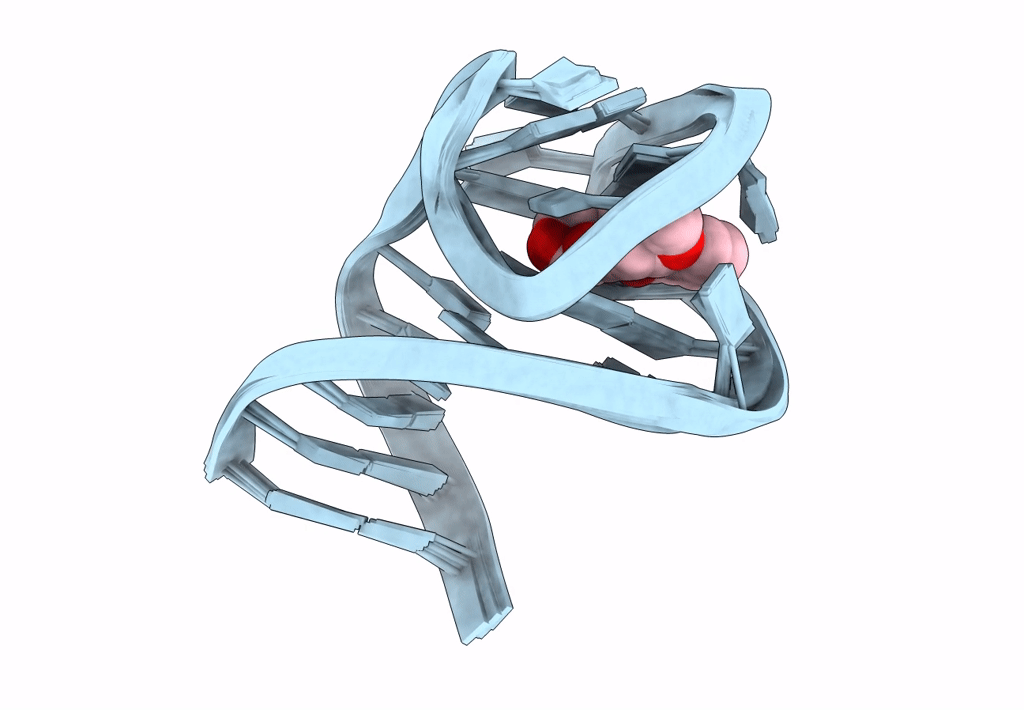
Deposition Date
2023-02-17
Release Date
2023-07-19
Last Version Date
2024-05-15
Method Details:
Experimental Method:
Conformers Calculated:
200
Conformers Submitted:
10
Selection Criteria:
structures with the lowest energy


